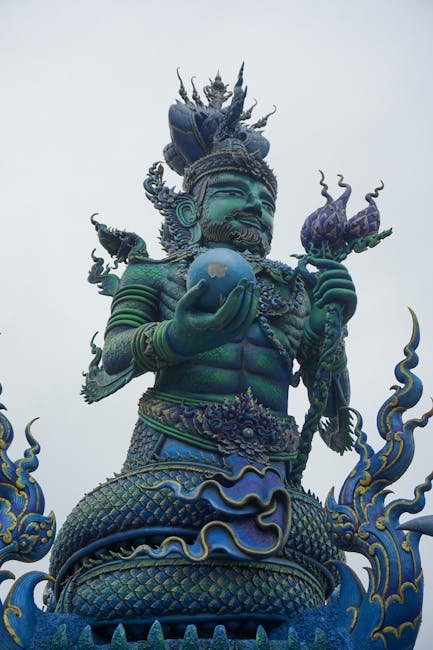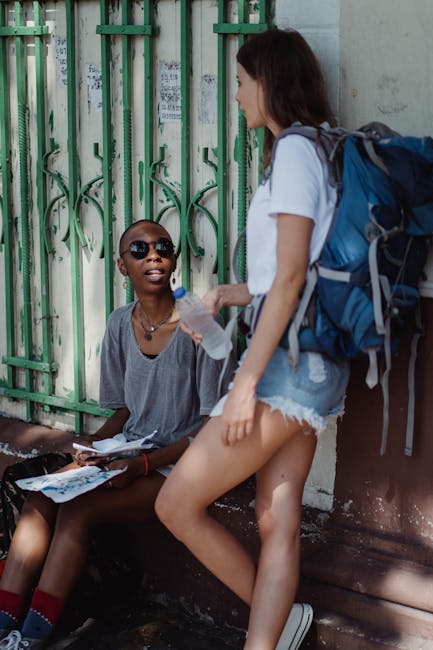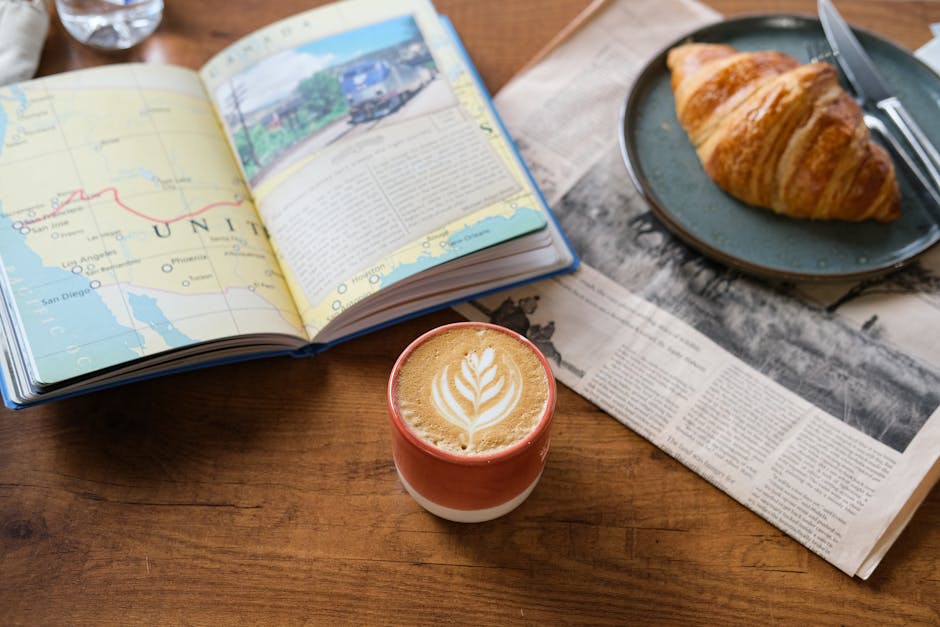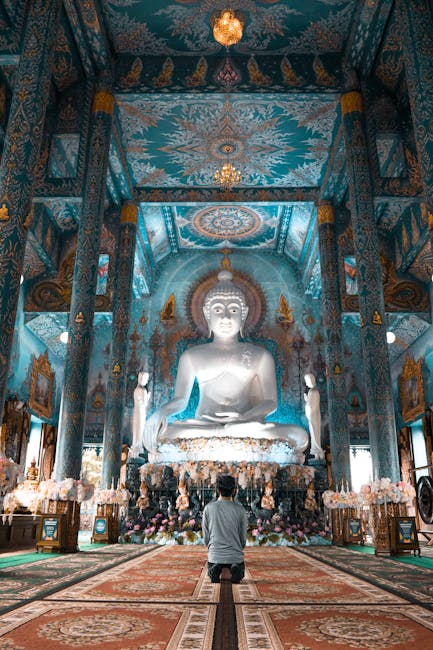Chiang Rai's Artistic Soul Beyond the White Temple: Unveiling Hidden Gems

Chiang Rai's Artistic Soul Beyond the White Temple: Unveiling Hidden Gems
Okay, let's talk Chiang Rai! You've probably seen the dazzling photos of the White Temple (Wat Rong Khun), and rightfully so – it's breathtaking. But trust me, Chiang Rai is so much more than just that one iconic temple. It's a place brimming with artistic energy, a vibrant culture, and experiences that'll stay with you long after you leave. I want to share my personal journey exploring Chiang Rai's artistic soul, taking you beyond the well-trodden path to discover some truly hidden gems.
Beyond the Tourist Trail: My First Impressions

My first visit to Chiang Rai was a whirlwind. I arrived armed with a guidebook highlighting the "must-see" attractions, the White Temple being number one, of course. And while I was awestruck by its intricate details and symbolic meaning, I felt like I was missing something. I wanted to connect with the real Chiang Rai, the one whispered about by travelers who'd ventured off the beaten path. That's when I decided to ditch the rigid itinerary and embrace the spontaneous.
I started by wandering through the city's markets, the vibrant colours and exotic aromas immediately grabbing my attention. I watched artisans painstakingly crafting intricate wood carvings, observed weavers creating stunning textiles, and chatted with local farmers selling their fresh produce. It was a sensory overload in the best way possible, and it ignited my curiosity to delve deeper into Chiang Rai's artistic heart.
The Black House (Baan Dam Museum): A Contrasting Vision

Forget everything you know about serene temples. The Black House, also known as Baan Dam Museum, is a completely different experience. It's the brainchild of the late Thai artist Thawan Duchanee, and it's... well, it's intense. Imagine a collection of dark, unconventional structures housing animal skulls, skins, bones, and other provocative artifacts. It's a stark contrast to the White Temple's ethereal beauty, but equally captivating.
Initially, I felt a little unsettled. The sheer volume of animal remains was confronting, to say the least. But as I spent more time exploring the complex, I started to understand Duchanee's vision. It's a reflection on death, darkness, and the cycle of life, presented in a raw and unapologetic way. It's not for the faint of heart, but it's an unforgettable experience that challenges your perceptions and sparks reflection.
Tips for Visiting Baan Dam:
- Be prepared: This isn't a lighthearted tourist attraction. Go with an open mind and be ready to confront challenging themes.
- Take your time: There's a lot to take in, so don't rush through. Allow yourself time to process what you're seeing.
- Respect the artist's vision: Duchanee's work is deeply personal and symbolic. Try to understand the underlying message rather than simply judging it.
The Blue Temple (Wat Rong Suea Ten): A Modern Masterpiece

After the intensity of the Black House, the Blue Temple (Wat Rong Suea Ten) offers a refreshing change of pace. This relatively new temple is a stunning display of contemporary Thai art, bathed in vibrant shades of blue. Designed by a disciple of Chalermchai Kositpipat (the artist behind the White Temple), it shares a similar level of intricate detail and symbolic meaning, but with a distinctly modern twist.
The deep blue hues create a calming and serene atmosphere, and the intricate carvings and sculptures are truly mesmerizing. I spent hours wandering through the temple grounds, admiring the craftsmanship and soaking in the peaceful ambiance. It's a testament to the evolution of Thai art, blending traditional elements with contemporary design.
Discovering Local Artists: A Journey of Connection

Beyond the famous temples, Chiang Rai is home to a thriving community of local artists. One of the best ways to experience Chiang Rai's artistic soul is to connect with these creatives and learn about their craft firsthand. This can be done through workshops, studio visits, or even just chatting with artists at local markets.
I had the opportunity to participate in a batik workshop with a local artisan. It was a messy, challenging, and incredibly rewarding experience. I learned about the traditional techniques involved in batik making and got to create my own unique piece of art. It gave me a deeper appreciation for the skill and dedication required to create these beautiful textiles.
Finding Local Art:
- Night Bazaar: Chiang Rai's Night Bazaar is a great place to find a variety of handcrafted goods and meet local artists.
- Art Galleries: Explore the art galleries in Chiang Rai city to discover established and emerging artists.
- Workshops: Look for workshops in areas like batik, pottery, or wood carving to learn directly from local artisans.
Exploring the Art Bridge: A Creative Hub

The Art Bridge is a must-visit for any art enthusiast in Chiang Rai. This charming space, located along the Kok River, is a hub for local artists and creatives. You'll find studios, galleries, cafes, and workshops all in one place. It's a great spot to browse unique artwork, meet the artists behind it, and soak up the creative atmosphere.
I spent an afternoon wandering through the Art Bridge, chatting with artists, and admiring their work. I even stumbled upon a live music performance, which added to the already vibrant atmosphere. It's a place where you can truly connect with the local art scene and discover hidden talents.
The Hill Tribes: Art Woven into Daily Life

No exploration of Chiang Rai's artistic soul is complete without acknowledging the contribution of the local hill tribes. These indigenous communities have a rich cultural heritage, expressed through their traditional crafts, clothing, and ceremonies.
Visiting the hill tribe villages is a humbling and eye-opening experience. I learned about their unique customs, admired their intricate textiles, and witnessed their dedication to preserving their cultural traditions. Their art is not just decorative; it's woven into the fabric of their daily lives, reflecting their beliefs, history, and connection to the land.
Responsible Hill Tribe Tourism:
It's important to approach hill tribe tourism with respect and sensitivity. Choose tour operators that support sustainable and ethical practices, and be mindful of the impact your visit has on the local communities. Avoid bargaining aggressively, and instead, focus on supporting their livelihoods through fair trade practices.
Singha Park: Art and Nature Combined

Singha Park is more than just a park; it's a sprawling agricultural wonderland with a touch of artistic flair. While primarily known for its tea plantations and scenic landscapes, Singha Park also features impressive art installations scattered throughout the grounds.
You can rent a bike or take a shuttle tour to explore the park's vast expanse, stopping along the way to admire the sculptures and installations. It's a unique blend of art and nature, offering a refreshing and unexpected perspective on Chiang Rai's artistic landscape.
Food as Art: A Culinary Journey

Okay, hear me out! Even food can be considered art, and Chiang Rai's culinary scene is definitely a work of art. From the vibrant street food stalls to the elegant restaurants, the flavours and presentation of Northern Thai cuisine are a feast for the senses. I loved indulging in Khao Soi, a creamy coconut curry noodle soup, and Sai Oua, a flavorful Northern Thai sausage.
Don't just eat the food, experience it! Take a cooking class and learn to prepare traditional dishes, or visit a local market and sample the exotic fruits and spices. You'll discover that the art of cooking is just as important as any other form of artistic expression in Chiang Rai.
Tips for Planning Your Artistic Chiang Rai Adventure

Ready to embark on your own artistic adventure in Chiang Rai? Here are a few tips to help you plan your trip:
a. Best Time to Visit: The cool season (November to February) is the ideal time to visit Chiang Rai, with pleasant temperatures and clear skies.
b. Getting Around: Renting a motorbike is a great way to explore Chiang Rai at your own pace. Alternatively, you can hire a tuk-tuk or use ride-hailing apps like Grab.
c. Accommodation: Chiang Rai offers a wide range of accommodation options, from budget-friendly guesthouses to luxurious resorts. Consider staying in the city center for easy access to attractions and restaurants.
d. Language: While English is spoken in tourist areas, learning a few basic Thai phrases will be greatly appreciated by the locals.
e. Be Open-Minded: Embrace the unexpected and be open to new experiences. Some of the best moments in Chiang Rai are the ones you don't plan for.
Chiang Rai's Lasting Impression: More Than Just a Temple

Chiang Rai truly stole a piece of my heart. It's a place where art and culture intertwine, creating a unique and unforgettable experience. While the White Temple is undoubtedly a masterpiece, I hope I've convinced you that there's so much more to discover beyond its dazzling façade. So, ditch the guidebook, embrace the spontaneous, and let Chiang Rai's artistic soul captivate you. You won't be disappointed!
I left Chiang Rai with a renewed appreciation for art in all its forms – from the grand temples to the humble handicrafts of the hill tribes. It's a place that reminds you that art is not just something to be admired in a museum; it's a living, breathing part of everyday life.
Post a Comment